This discovery has explored the feasibility of adopting or developing a common, open source platform for local government to use to develop chatbot/AI solutions.
Local authorities face a variety of issues when looking to adopt chatbot and AI solutions. As there is no shared understanding of the pros and cons of the tech, the range of products available is broad with no sound evidence base for their use.
This discovery project aimed to summarise the available options, create a methodology for evaluating available solutions, and produce research and case studies to help councils develop business cases.
 UK Ministry of Housing, Communities and Local Government (MHCLG)
UK Ministry of Housing, Communities and Local Government (MHCLG) 